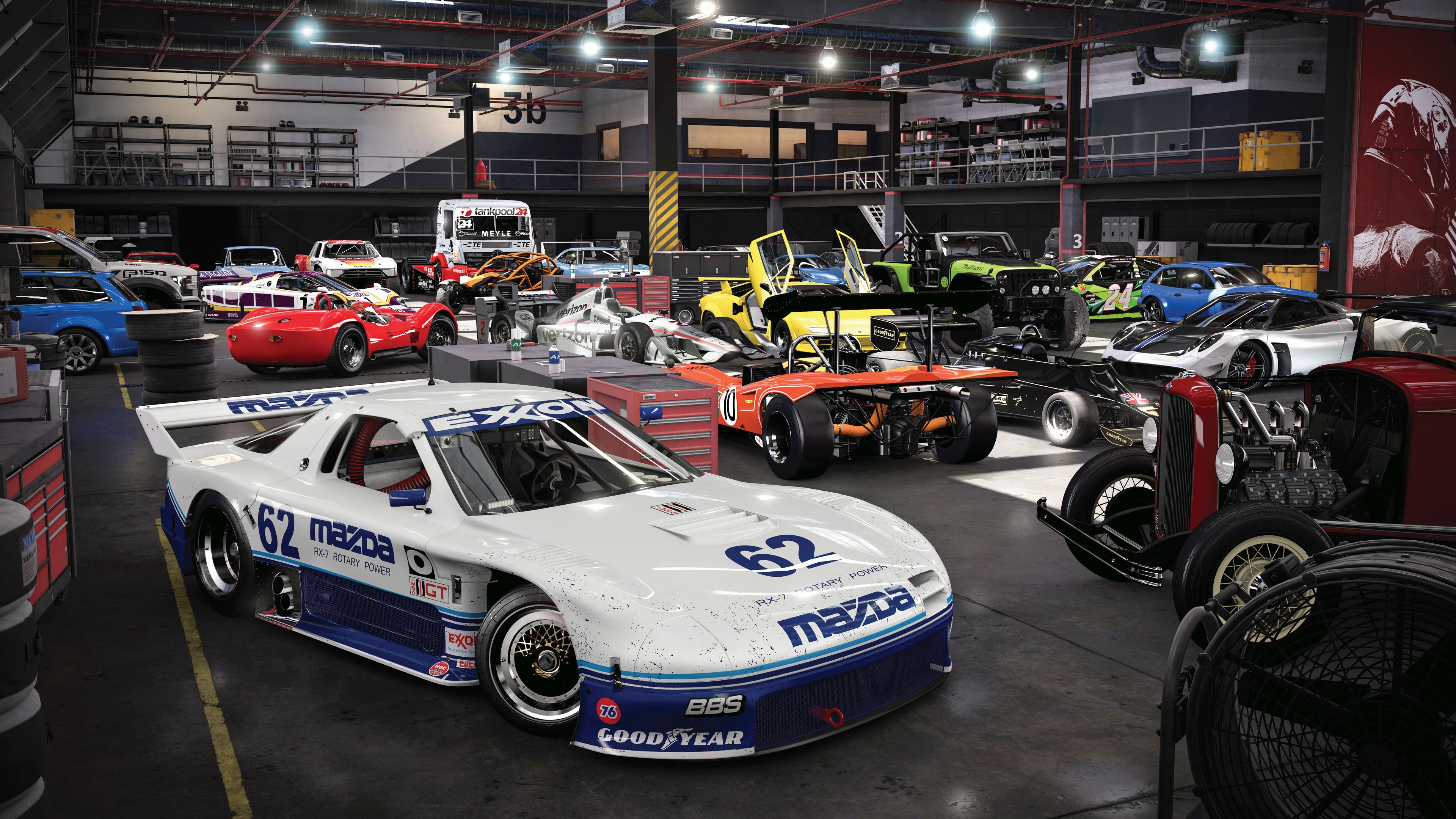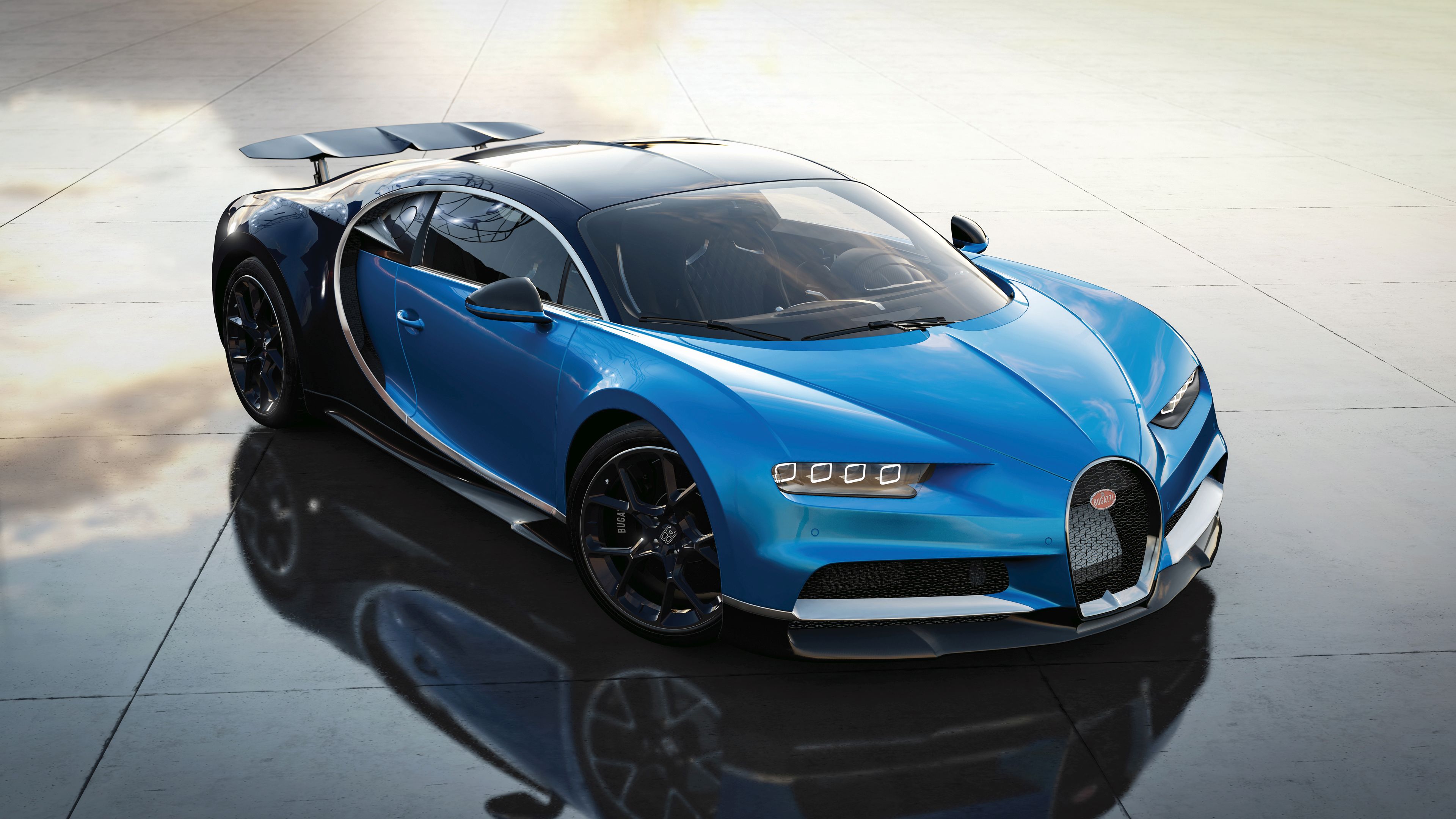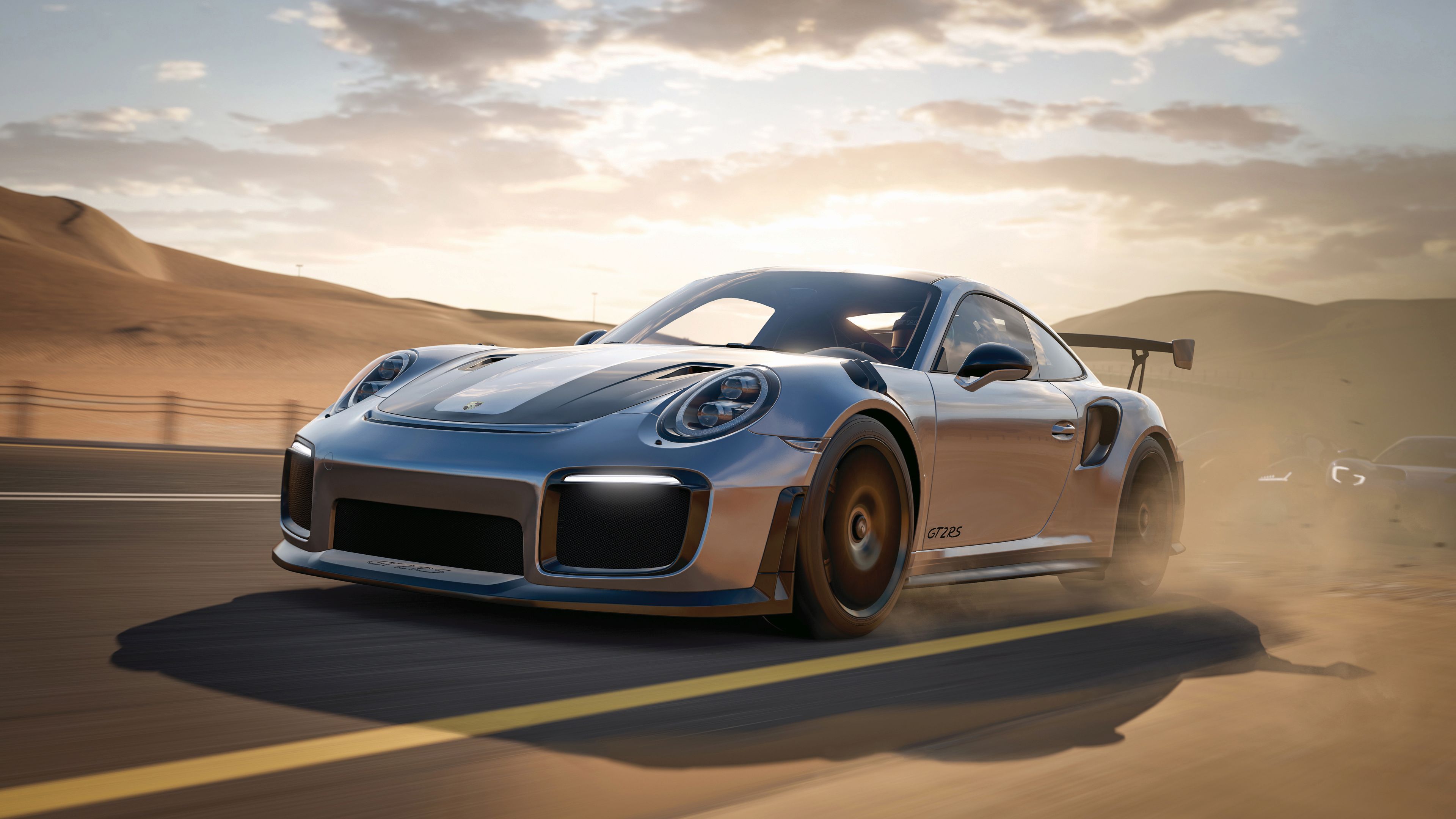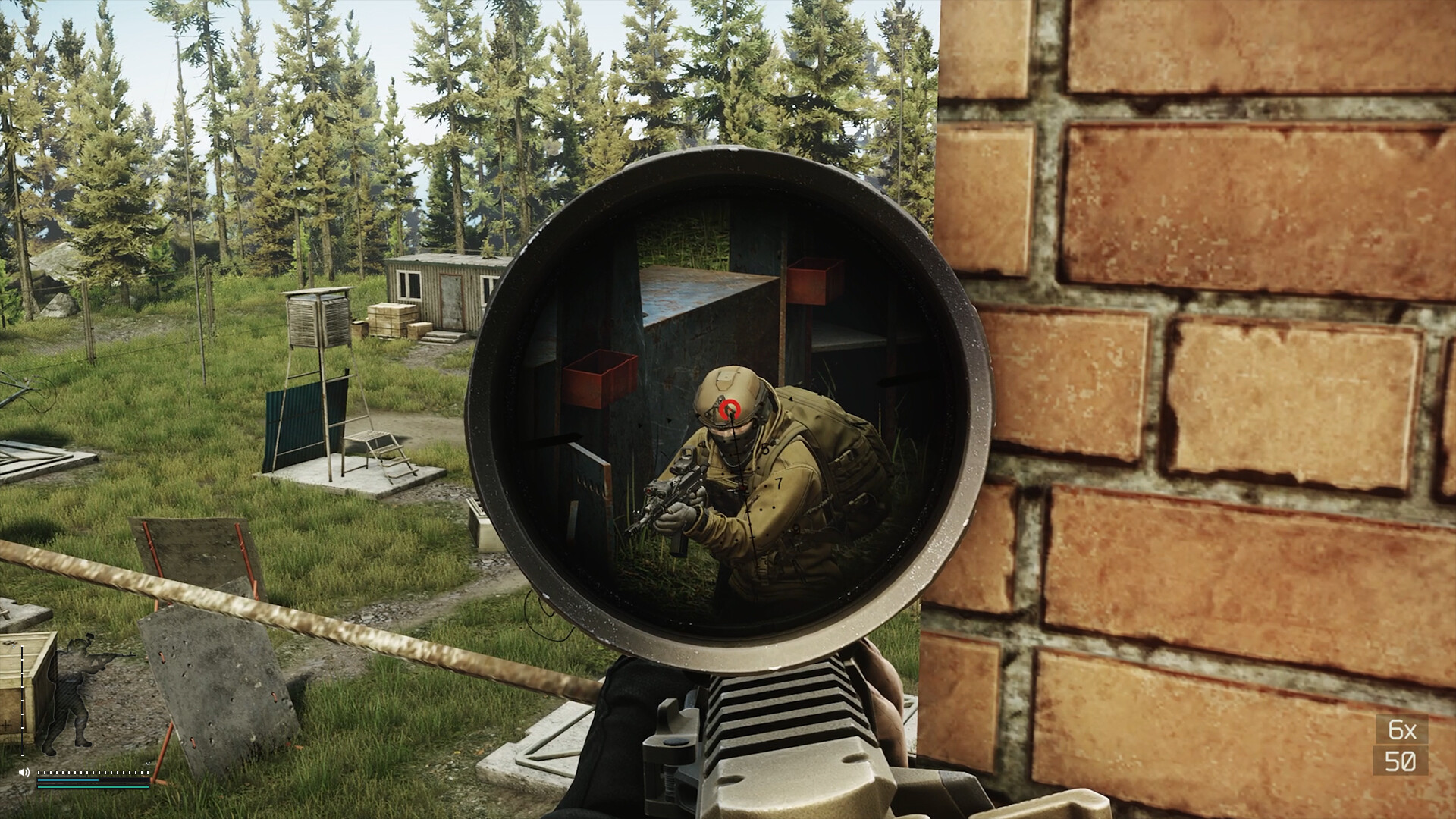The secrets behind the exquisite handling of Forza Motorsport
Turn 10 converts raw data into emotive simulation.
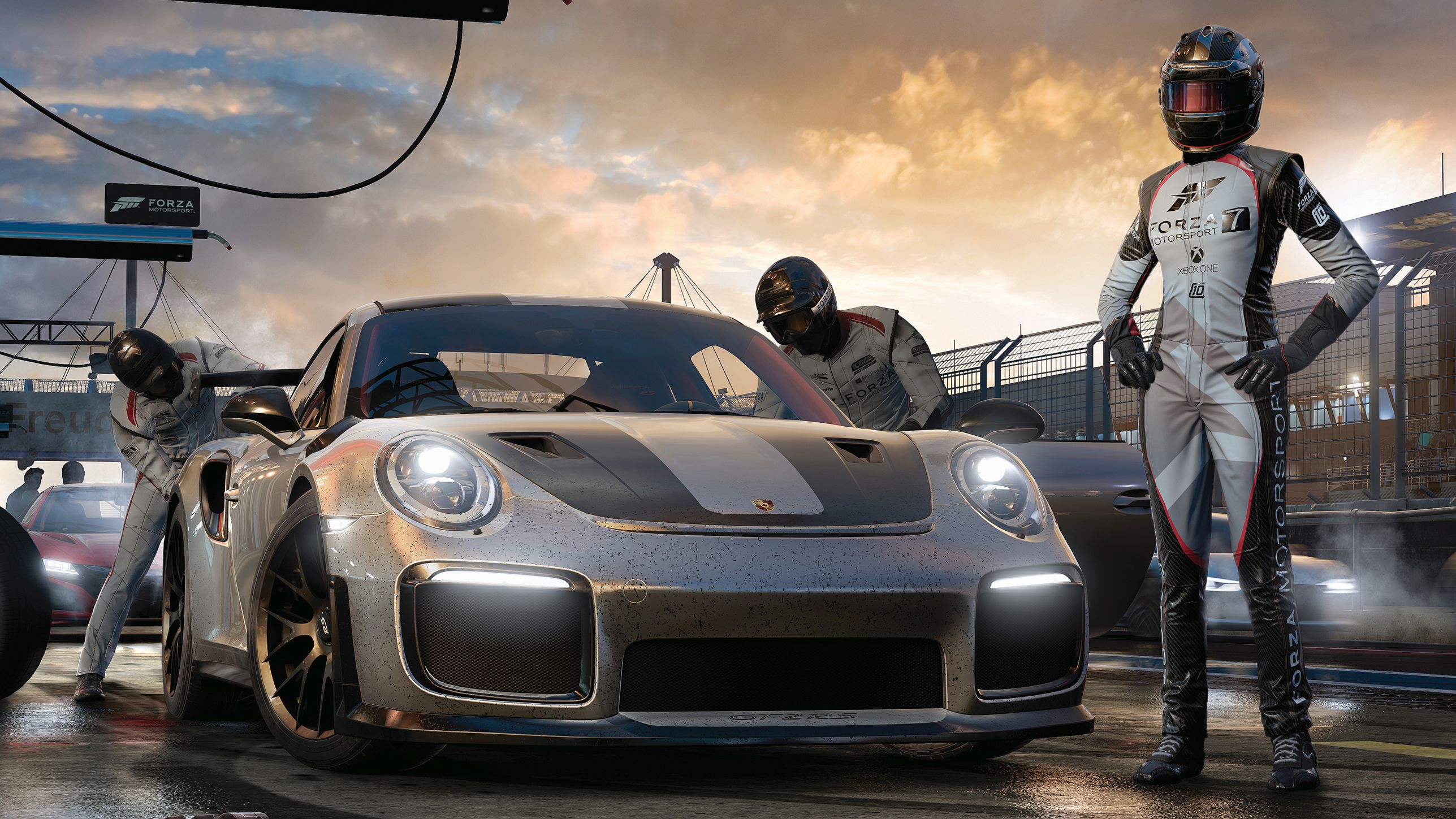
This feature originally ran in issue 330 of PC Gamer UK. For more quality articles about all things PC gaming, you can subscribe now in the UK and the US.
Back in 2002 a small team of developers decided they wanted to create the most cutting edge driving simulation possible. “We were going to learn about cars and work with manufacturers,” says Dan Greenawalt, a member of that ten-person team and now creative director of the Forza series. “And we studied books including Race Car Vehicle Dynamics by Bill and Doug Milliken.”
Books like this, explains Greenawalt, are the foundation of rigid body physics simulation, which is the basis for every kind of driving-based sim, from videogames to the bespoke F1 simulators used by McLaren and Ferrari. “We started from that same foundation, but we also wanted to make a game that anyone could play.”
Greenawalt has been working on driving games for most of his career, from Project Gotham Racing to Midtown Madness. To make the driving in those games fun developers would go into the base physics layer of the game and adjust it. “But when we were prototyping Forza we didn’t think you had to do anything to that base layer,” he says. “We could just add things on top.”
During testing, Greenawalt noticed people liked to tap the analogue stick of the controller in the opposite direction of the turn to incrementally adjust their angle. “If you go full opposite lock with the steering wheel every half second like this, the car is gonna be out of control,” he says. “So we put a buffer between the controller and the physics layer.” This buffer compensates for the player tapping the stick, ensuring the car doesn’t spin out when they do.
This design philosophy extended to assists; options that make the game easier to play, such as automatically braking the appropriate amount at a turn. “Some of our assists are based on real-world cars,” says Greenawalt. “Today, a Toyota Camry or a Honda Civic is probably over 200 horsepower, which is how powerful a top of the range Ferrari was back in the 1960s. But they’re totally controllable because of the assists, and we believed this would work the same way in our simulation.”
That early prototype eventually evolved into 2005’s acclaimed Forza Motorsport, an Xbox exclusive that ultimately became one of Microsoft’s flagship franchises. But it wasn’t until 2017, with Forza Motorsport 7, that it finally made its debut on PC, along with the spin-off Horizon series. Over the years the game has changed in a number of ways, but the core driving physics that underpin everything are still based on the design philosophy established by that original prototype—and Greenawalt and his team have never stopped refining it.
Keep up to date with the most important stories and the best deals, as picked by the PC Gamer team.
Over the years Turn 10 have conducted research projects in collaboration with car and parts manufacturers to reveal more about how their products behave on the track. “We’ve worked with partners such as Calspan, Pirelli, Audi, and McLaren,” says Greenawalt, “and through them we’ve learned new things about physics that aren’t in those reference books.
“Nobody else is looking into this level of simulation. Even the F1 simulators are researching one car, not the broader set of physics required to make all cars.”
“We commission these research projects and it makes our simulation better every time,” he adds. “So when you’re driving a car in Forza Horizon or Forza Motorsport, you’re driving a physics engine that has over a decade’s worth of research and work put into it, with some of the top manufacturers in the world.”
Heavy load
One of the most satisfying, but difficult to quantify, aspects of Forza is the feeling of weight you get when you drive one of its cars. The coders at Washington-based developer Turn 10 are somehow able to take a light-touch interaction, nudging a stick on a controller, and make it feel like you’re moving a heavy object around a track. I ask Greenawalt how they create this illusion.
“In physics we have a thing called the moment of inertia,” he explains after warning me that he can talk about this stuff for hours. “When a skater is spinning they spin quickly when their arms are close to their body, but slow down when their arms are outstretched. Their weight didn’t change, but the distribution of their weight changed, and that determines how quickly they spin.
“Cars are heavy objects, and the longer the car is, the heavier it is on its outside axis, determining whether they feel light or heavy.”
The traditional method of making cars feel weighty in driving games involves adding to the moment of inertia. A larger moment of inertia means the object is more resistant to changes in its motion. “But that can make the car feel like a battleship, understeering more than it should,” says Greenawalt. “Most cars understeer naturally with how they’re set up on the suspension, but this larger moment of inertia really makes them understeer like crazy. And this makes things like drifting difficult, because you can’t recover very well.”
But when designing Forza, Greenawalt and his team decided that the moment of inertia was sacred and should never be touched. “To make our cars feel controllable and heavy, we have two main strategies. One is the buffer we put on the analogue stick. Depending on how quickly you move the stick, and how much you move it, you’ll never get your full input immediately.
“We tune this based on how we’ve seen players play. People generally return to centre quicker than they go out from the centre, so we have unique buffers tuned in there.
I’ve never driven a Lamborghini Sesto Elemento or an Acura NSX, but what I love about Forza is how it makes me feel like I have.
“The other strategy is having clamps and scales on how much yaw, which is the torque of the car, can be applied to the spinning skater. Using these clamps, we can slow a car down without changing the moment of inertia. When you play with simulation steering you turn this feature off, as well as a lot of the buffers, but even I have trouble playing Forza like this with a [gamepad’s] thumbstick.”
I’ve never driven a Lamborghini Sesto Elemento or an Acura NSX, but what I love about Forza is how it makes me feel like I have. I ask Greenawalt how Turn 10 translates the feeling of driving a real car to its digital counterpart. “It all starts with data, data, data,” he says.
“We send extensive data requests to the manufacturers. But sometimes they don’t know what we need to know about the car, so we go and do our own research on the components that go into it. “The transmission on a Mustang is made by Tremec, so we’ll go to them and find out about the inertia on the gears and the weight of the gearbox, rather than going to Ford.
“Our goal is to have future proof data, and the simulation will catch up with this perfect data and become better as a result.”
Measured response
There are at least a thousand cars in the general Forza library, and Turn 10 has researched as many of them as possible, taking them apart and measuring the components. But what if they can’t get access to a car? “If you think about a car from the 1960s, where there’s only three of them and they cost $30 million, the owners aren’t gonna let us take their car apart and measure every bit with calipers,” says Greenawalt. “I mean, we’d like to. If you drive your car up here, we will disassemble it and measure it. But with a 1965 Ferrari GTO that’s much harder to do.”
Instead the designers at Turn 10 will research other cars with the same components, and if there’s something they can’t measure they’ll make an educated guess and fi ll in the blanks. “It’s like Jurassic Park,” explains Greenawalt. “Filling in the DNA with other creatures. We want our data to be as accurate as possible and if there’s guesstimate data, we’ll mark it in the system so if we ever have access to that car in the future we can replace it with the real data.”
But cars are more than data, right? When you drive one, you feel something. I ask Greenawalt how Turn 10 captures the essence of a car as well as the cold, hard facts. “If we get the physics absolutely right, the emotion will come out of it,” he says. “A car doesn’t have any real emotion. It has beautiful design, but that’s the rendering. The curve of a Ferrari with its Pantone red. That creates an emotional response. But the way it performs? That’s physics. So instead of trying to hand-tune the cars in Forza, we just rely on the data. If we improve our simulation, the true nature of the car comes out in the physics itself.”
If it’s set in space, Andy will probably write about it. He loves sci-fi, adventure games, taking screenshots, Twin Peaks, weird sims, Alien: Isolation, and anything with a good story.
